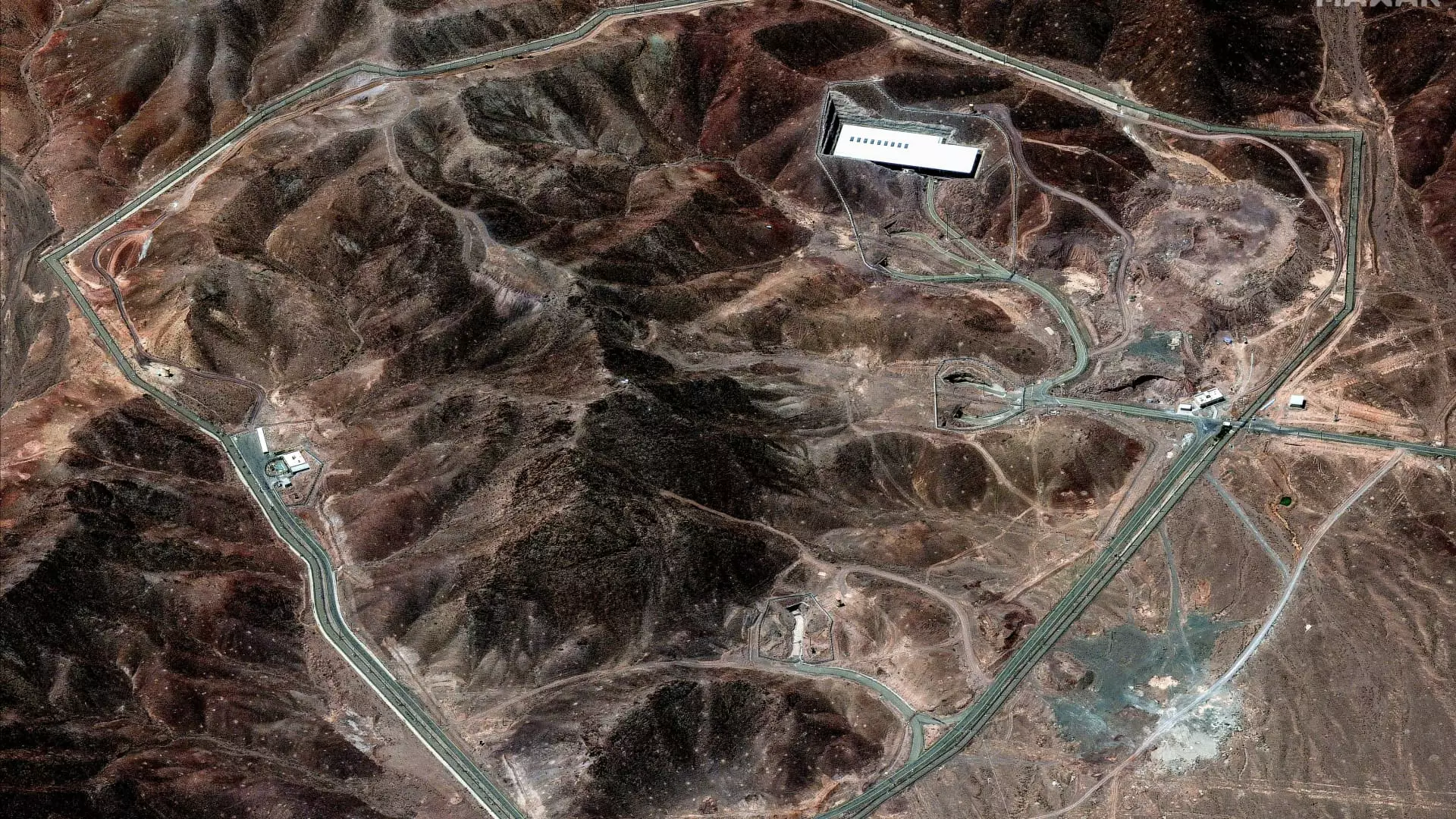The geopolitical landscape shifted dramatically with the recent U.S. military strikes on Iran’s nuclear facilities. U.S. President Donald Trump’s emphatic claim of “obliteration” in reference to the damage inflicted resonates with a profound intensity, capturing both the severity of the attacks and the impressive display of military might. However, the gravity of such declarations begs scrutiny—was the rhetoric purely bombastic, or does it reflect deeper strategic calculations?
Initial assessments of the strike, termed Operation Midnight Hammer, employed advanced combat technology to target key installations such as Fordo, Natanz, and Isfahan. As reported, these sites have sustained “extremely severe damage,” according to Chairman of the Joint Chiefs of Staff, Gen. Dan Caine. While it is undeniable that damage occurred, the extent to which Iran can recover its nuclear capabilities remains uncertain. Although the U.S. administration exudes confidence, the prevailing ambiguity associated with the assessment process highlights a fundamental complication in military strategy: how do we measure success when the objectives remain elusive?
The Role of Military Assessments and Intelligence
Battle Damage Assessment (BDA) encapsulates the crux of military evaluation. It seeks not just to quantify destruction but to decipher operational efficacy. Analyzing whether Iran’s nuclear capabilities can rebound after this strike hinges on comprehensive intel garnered through drones, satellite imagery, and on-ground reports. Add to this the caution from the UN nuclear watchdog chief, Rafael Grossi, who indicated that a definitive assessment of the damage at Fordo is premature, and we face a situation dripping with uncertainty.
As military leaders cautiously navigate discussions about the remnants of Iran’s nuclear capacity, one can’t help but feel a twinge of skepticism. Assertions that intelligence operatives can easily gauge the fallout from such an extensive operation seem overly optimistic. If anything, the complexity of Iran’s nuclear programs—characterized by layers of secrecy and subterranean developments—means that rendering a conclusive verdict on their capabilities is laden with challenges.
The Psychological Implications of Military Engagement
The vocal narratives surrounding this striking operation suggest a concerted effort to project strength, both nationally and internationally. The maxim “strike hard, strike first” has become an anthem in the context of U.S. defense strategy, but at what cost? The emphasis on annihilation, encapsulated by Trump’s fiery proclamation, encapsulates a psychological tactic aiming not merely to degrade Iran’s nuclear ambitions but to instill fear and uncertainty within the regime.
However, while such military posturing might resonate positively with certain demographics, it risks igniting a broader conflict, potentially rallying Iranian support around their government. For a nation already embattled and sensitive to foreign intervention, perceived aggression can fuel fervor rather than dismantle ambitions. Trump’s assertions, albeit partially grounded in the observable effects of military strikes, may inadvertently provoke the resilience of Iranian nationalism.
The Balance of Power: Is It Sustainable?
The question of whether the U.S. strategy effectively alters the balance of power in the Middle East looms large. While there is reason to celebrate the display of military capabilities, one must also recognize that creating lasting change in Iran’s nuclear journey requires more than just one-time strikes. The fleeting nature of military success against a tightly woven adversarial structure raises doubts about whether the destruction inflicted will lead to sustainable peace or provoke retaliatory behaviors.
Moreover, the implications extend beyond military efficacy into the realm of international relations. How will allies perceive the aggressive stance toward Iran? Nations watching from the sidelines, such as Russia and China, may interpret these events as a justification to deepen support for Tehran. The cyclical dynamics of conflict indicate that aggression often begets further aggression, necessitating a careful reevaluation of how best to achieve long-term geopolitical stability.
In a world ripe with complexities, the aftermath of Operation Midnight Hammer does not offer clear-cut answers. The mix of bravado, uncertainty, and potential backlash lays the groundwork for a tumultuous chapter in U.S.-Iran relations—one that encompasses not just military prowess but the delicate threads of diplomacy woven through the fabric of international conflict resolution.

Leave a Reply